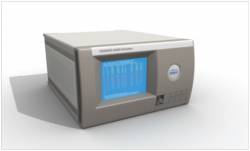Building a BeiDou Simulator

BeiDou-2 Is Born
The year before the main release, China surprised the global community when it published just a test version of the promised ICD for the BeiDou-2 B1 open signal. In this document, the modulation scheme for the signal was confirmed and the pseudorandom code generator for the ranging signal was described.




